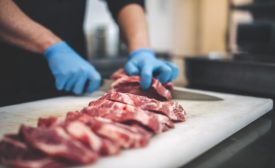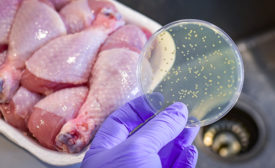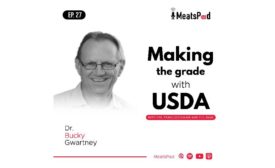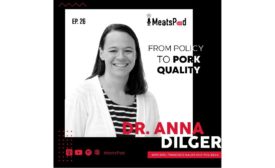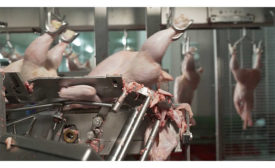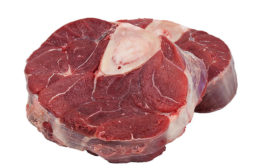Expert Commentary
Our editors, Editorial Board and industry experts chime in on the hottest topics, issues and challenges facing the meat and poultry industries today.
Topics
The analysis you seek, from our powerhouse editors and expert contributors.
Fight for Food Safety
Our experts analyze food-safety innovations and strategies in the protein industry.
Legislative
Bringing perspective to the regulations and legislation that affects the industry.
ARTICLES
COMMENTARY
Meat processors should be food safety influencers
Consumers commonly make four food handling mistakes when it comes to safety.
Read More
Independent Thoughts
New initiatives to help small processors could affect food safety
USDA efforts to address market consolidation and food security could hold food safety implications.
Read More
Tech | Slicing
Embrace best cutting technology and methods to boost product yield.
Keep cutting in the crosshairs
Read More
Get our new eMagazine delivered to your inbox every month.
Stay in the know with The National Provisioner's comprehensive coverage of the meat and poultry processing industry.
SUBSCRIBE TODAY!Copyright ©2024. All Rights Reserved BNP Media.
Design, CMS, Hosting & Web Development :: ePublishing
